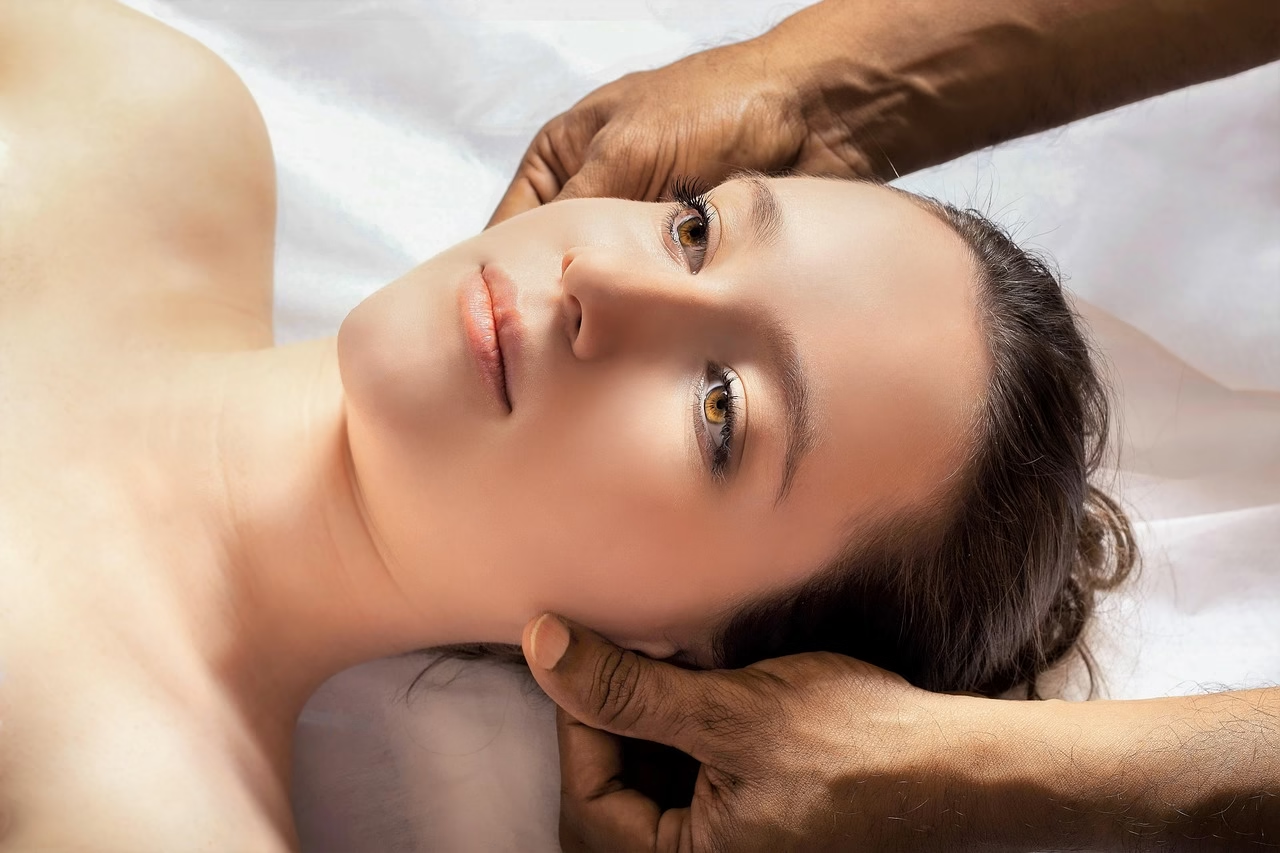Yesterday morning, July 5 — while most of the nation was still sweeping confetti off back patios — our hospital’s burn team received its 18th fireworks-related consult before breakfast. Hands wrapped in makeshift towels, a frightened teenager stared at the singed remains of his right index finger; his father silently blamed himself for buying “just sparklers.” Scenes like this echoed in emergency rooms across the country. In the Kansas City metro alone, more than 100 people sought care for fireworks injuries over the holiday weekend — ten of them required admission to a dedicated burn unit. (kmbc.com)
The Crack, the Flash, the Cost
Fireworks injuries are not a seasonal novelty anymore; they are a steadily worsening public-health issue. Nationally, the Consumer Product Safety Commission (CPSC) tallied 14,700 emergency-department visits and 11 deaths in 2024 — a staggering 52 percent jump in injuries compared with the previous year. (cpsc.gov, achi.net) Hands and fingers remain the most vulnerable, followed by the head, face, and eyes. While the explosions make headlines, it is the burns that steal futures: graft after graft, months of rehab, and the hidden scars of trauma that linger long after the bandages come off.
“Every firework is a tiny improvised explosive. We would never hand a child a lit match and ask them to whirl it around their head — yet we do precisely that with sparklers burning at 2,000 °F.”
Why the Numbers Keep Rising
Three forces are converging:
- Easy access and potency. Consumer fireworks have grown larger and louder. Online marketplaces deliver mortar-style shells to doorsteps nationwide, sometimes bypassing local safety checks.
- Alcohol, fatigue, and bravado. Celebrations stretch late; reaction times slow. Even seasoned adults misjudge fuse length once fireworks are lit by cell-phone glow.
- Climate extremes. Hot, dry evenings turn stray sparks into wildfires; conversely, extreme heat waves make asphalt hot enough to inflict contact burns on bare skin. Our most vulnerable — young children, older adults, and people experiencing homelessness — pay the price.
Burn-Care at a Breaking Point
Here is the part of the story that rarely reaches the front page: America’s burn-care capacity is dangerously thin. Only about 130 hospitals operate verified burn centers, and their distribution is anything but even. A 2023 geospatial analysis revealed that pediatric patients travel an average of 30 miles farther than adults to reach specialized care, while rural residents face nearly double the transport cost compared with urban peers. (pubmed.ncbi.nlm.nih.gov)
Distance is only one hurdle. Many burn units report operating at or near full capacity year-round; on high-volume nights like July 4th, beds disappear within hours. One burn-center director confided, “There are days we take calls for three neighboring states because their units are full or shuttered for financial reasons.” (kaffec.com) Treating a single patient with a deep-partial-thickness burn can exceed $10,000 per day — a cost structure that leaves small regional centers hemorrhaging money when reimbursement lags.
What These Numbers Mean for Families
• Delayed care equals deeper wounds. Burns evolve over hours; every minute without specialized assessment can turn a superficial injury into a full-thickness catastrophe.
• Long transfers fracture support systems. Families often drive several hours to visit loved ones, adding hotel bills, missed work, and childcare stress to an already overwhelming crisis.
• Rehabilitation is marathon-length. Physical therapy, occupational therapy, and mental-health counseling extend months beyond discharge. Yet insurance limitations often cut these services short, increasing the risk of contractures and PTSD.
Five Compassionate Steps Forward
- Choose the professional show. The safest fireworks are the ones handled by trained crews at a distance. Bring ear protection, water, and lawn chairs—make it a ritual of presence, not pyrotechnics.
- If you light at home, gear up. Wear heat-resistant gloves and eye protection; keep a bucket of water, sand, or a charged hose within reach; and designate a sober adult “safety captain.”
- Respect recovery spaces. If a loved one is hospitalized, remember that burn units are sensory-sensitive zones. Speak gently, advocate for pain-management options, and normalize mental-health check-ins. Healing skin is only half the journey.
- Support burn foundations. Organizations like the American Burn Association and local survivor camps fund research, scholarships, and peer mentorship. Your donation or volunteer hours translate into compression garments, counseling sessions, and hope.
- Advocate for equitable burn-care funding. Call legislators. Ask them to modernize Medicaid reimbursements and invest in tele-burn consultations for rural hospitals. Technology can triage wounds quickly, reserving scarce beds for the sickest patients.
A Personal Closing Note
Every Independence Day, my heart lifts when I see children mesmerized by color against the night sky. I want them to keep that wonder—hand intact, vision unharmed, spirit unscarred. Fireworks will always symbolize celebration, but our celebrations must evolve. Awareness is not about dampening joy; it is about ensuring that joy does not backfire into lifelong pain.





